Where do you install a weeping tile with a high water table?
The plans on my new house call for my footings to be 18 inches below the level of my basement floor. High water table and the engineer wanted the footings on undisturbed soil. So I basically need to pour my basement wall 18 inches higher then plan then fill the inside with crushed gravel and have my basement floor elevated. How should I install my perimeter weeping tile? I obviously cannot have it that far below my basement slab or I won’t be able to access the sump pump/pit. Thoughts? Should I suspend the weeping tile outside the wall just below the basement slab? Thanks








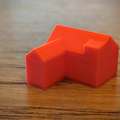

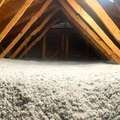




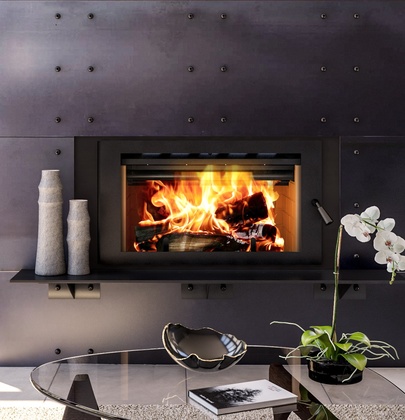

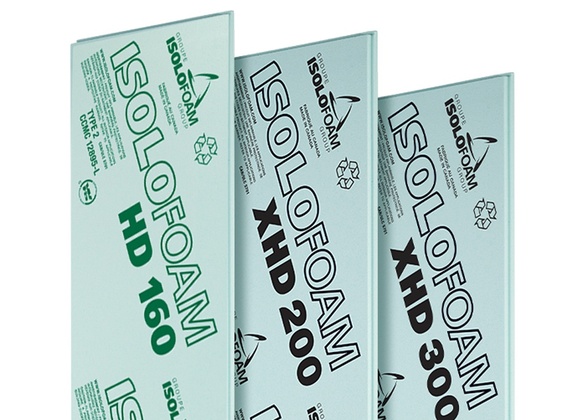
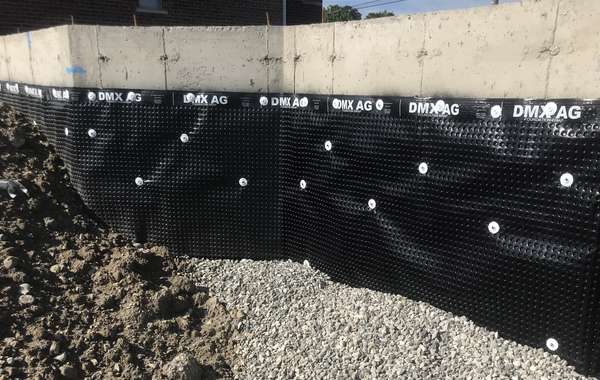
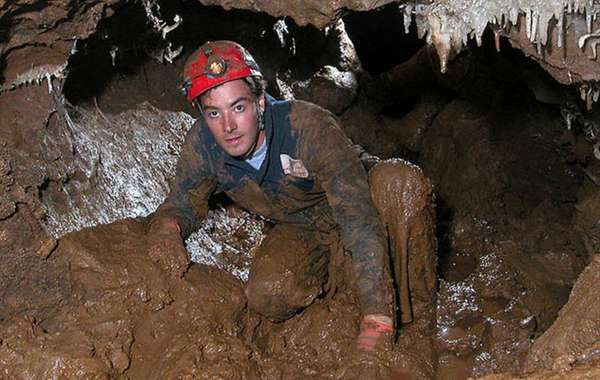
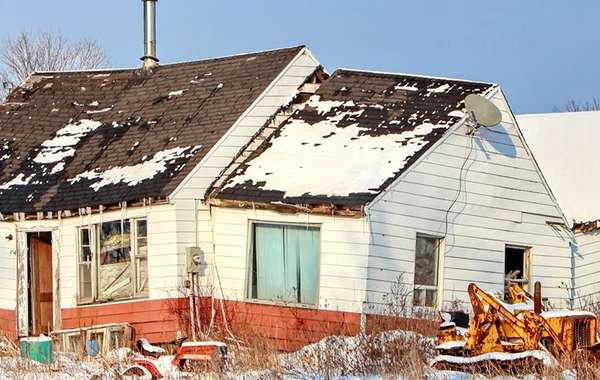
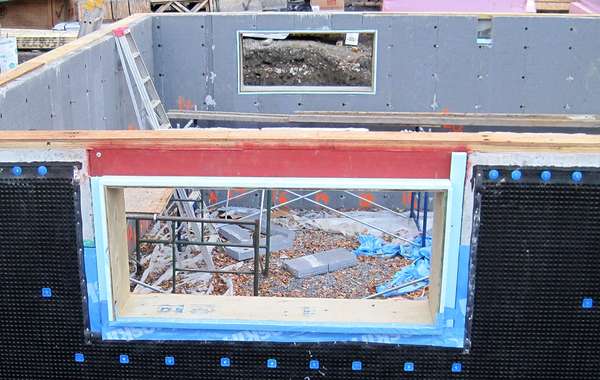
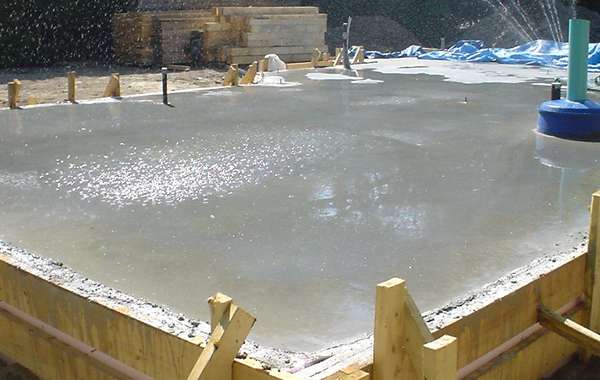
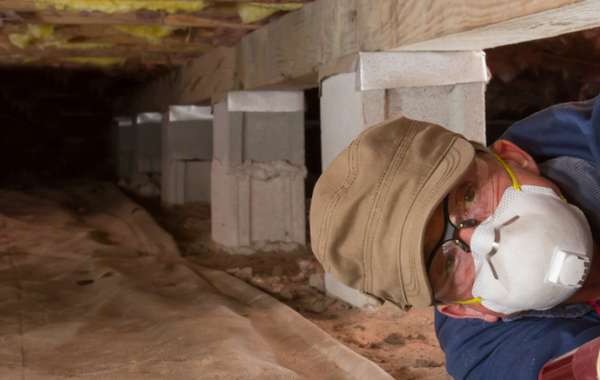
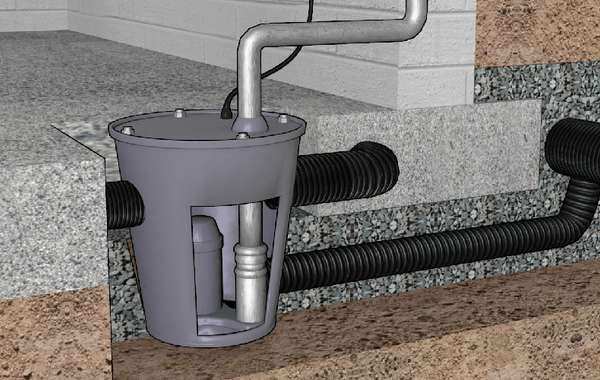
I would follow whatever advice you get from the engineer for determining the exact location of the weeping tile. Given that you have a high water table it would not be wise for us to weigh in with recommendations that may conflict with what your engineer says.
What I would point out though, is that often building on high water tables can cause exactly the type of drainage issues you are talking about, so a possible alternative would be to install a raft slab, which is a slab on grade that distributes the weight evenly over the entire surface of a house, so there is no footing. You can read more about that here –
How to build on problem soils – sites with poor soil quality and high water tables
It’s possible this may save you some effort and cost in terms of working out a drainage solution. Also, what I’m suggesting here isn’t that you choose a slab on grade instead of a basement if your plans are already done, this is just an alternative way to build a basement where the entire slab is poured first, then ICF walls are formed on top. This will actually lead to a far superior slab in terms of energy performance and home durability along with possibly alleviating some of your drainage issues.
I have water under my footing , can I run a T connected to weeping tiles to get water out ?